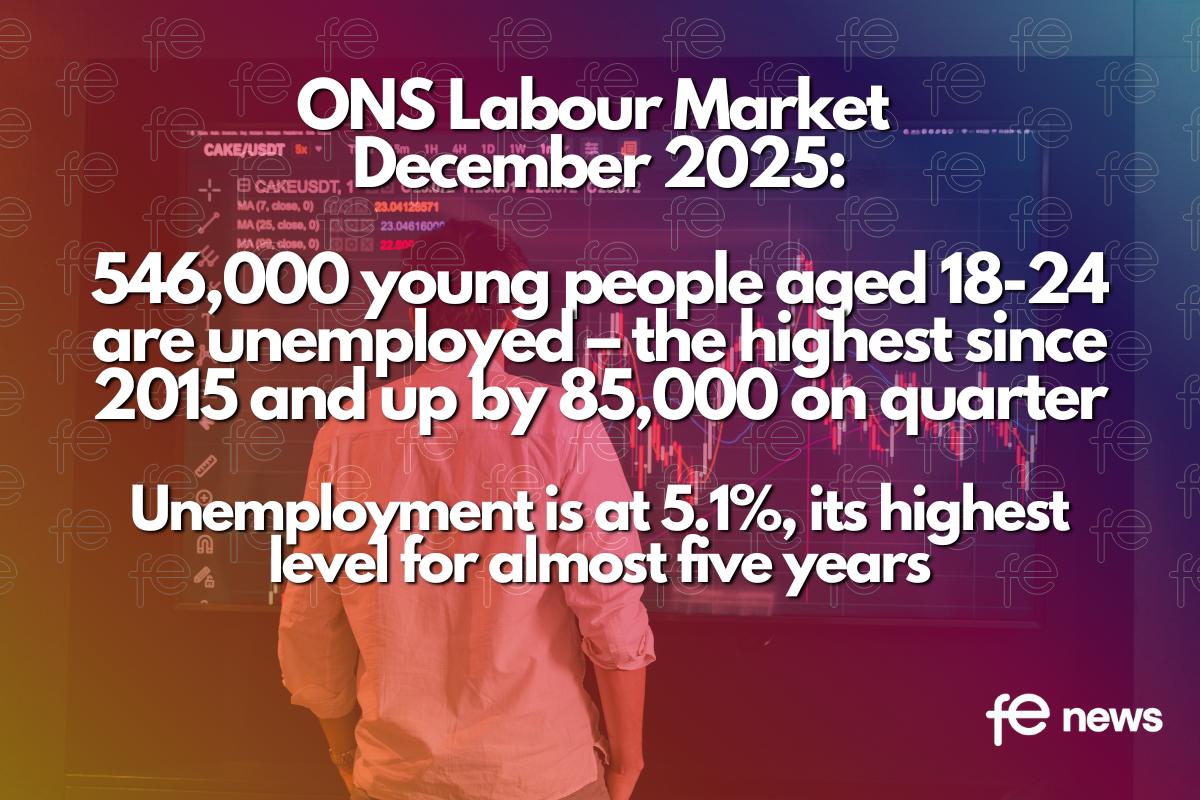Heightened awareness of skills education & remote working has catalysed engineering’s digital revolution

The UK’s social distancing measures, designed to curb the spread of coronavirus, have had a significant impact on all sectors and areas of business. With workers across the country advised to work from home where possible, these measures have come at a unique cost for the engineering sector – for whom close collaboration is vital to achieving a successful project outcome.
For engineers, adjusting to remote working goes far beyond familiarising ourselves with video conferencing tools such as Zoom or Skype, and rather plays into wider efforts to encourage greater communication and digital learning across the sector.
Engineering is a highly collaborative discipline, and we rely heavily on flawless communication between clients, architects, construction workers, and the many others we work with. Every person attached to a project has a significant role to play, and without efficient forms of communication, mistakes are likely to occur.
Traditionally, we facilitate our ‘kick-off’ meetings with our clients in person, which allows us to better understand their needs, and helps us shape our bespoke service. Now that we’re restricted to our homes, we’re relying on video conferencing tools to keep in constant contact – with both our clients and each other.
Whilst helpful, this approach has its limitations. Without being able to ‘walk’ our clients through our designs on site, or easily explain our drawings without hundreds of annotations, we utilise digital tools such as BIM, a 3D model-based process. BIM allows us to create a coordinated 3D model of a project using the data inputted by our design team.
The BIM model allows for the entire structure to be examined more closely, right down to the below ground drainage systems. By providing a visual aid, all collaborators, including architects, construction workers, and clients, can easily point out any areas of weakness that were missed in the original plans or 2D drawings. When communicating with those outside the engineering profession, BIM has been instrumental to us at Lyons O’Neill. This remains the case when working remotely.
Implementing a digital learning framework
At Lyons O’Neill, we have been keenly monitoring the uptake of technology across the sector, and are proud to have implemented a digital learning framework before the pandemic crisis began. Over 80% of our projects are implemented to BIM Level 2 maturity, and we advocate digital training and adoption across all levels of our business.
A number of governing bodies and organisations have taken a similar stance. This week, the British Standards Institute, the Centre for Digital Built Britain and the UK BIM Alliance (together making up the UK BIM Framework) released the fourth edition of their guidance, ‘Guidance Part 2: Process for Project Delivery’, which aims to help practitioners implement BIM, and crucially, unlock value from digital learning.
Similarly, in March, the Built Environment Skills In Schools (BESS) urged construction workers to utilise the digital revolution as much as possible when training staff during the coronavirus pandemic. This heightened awareness of skills education at this time, demonstrates the ways lockdown has catalysed engineering’s true digital moment; years after discussions began.
It remains to be seen how this commitment will pan out, and we commend the efforts to push forward with digital learning whilst under lockdown. The coronavirus outbreak, and subsequent social distancing measures, were unprecedented, whereas the engineering sector’s move toward digital transformation had been discussed for some time.
Moving forward, we hope that these new initiatives – and the lessons learnt from remote working – drive a sector wide effort to harness digital in upskilling workers at all levels. Because for now, engineering’s digital revolution is taking place at home.
Kevin Lyons, Director of Lyons O’Neill











Responses